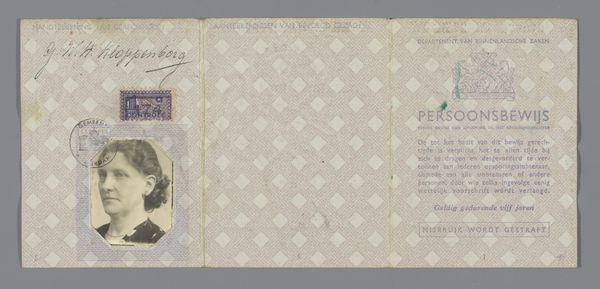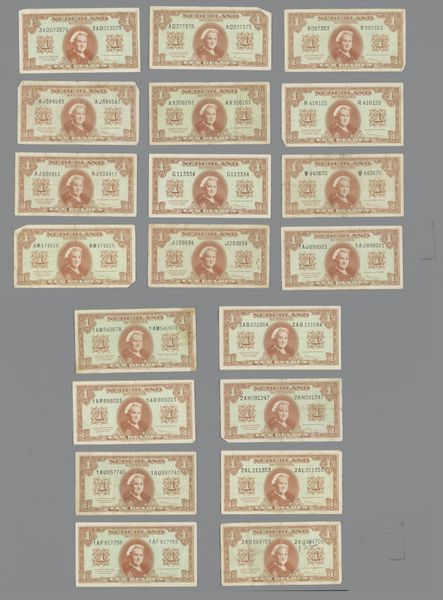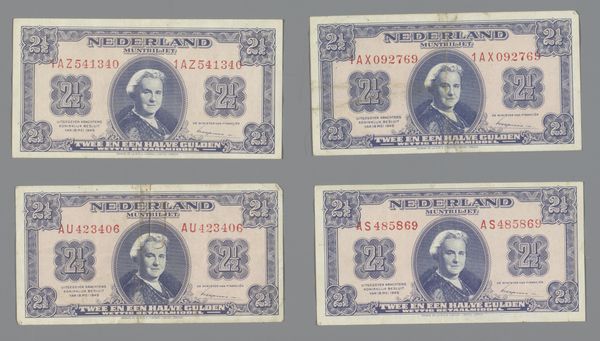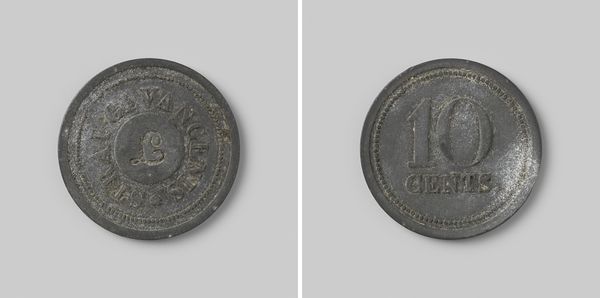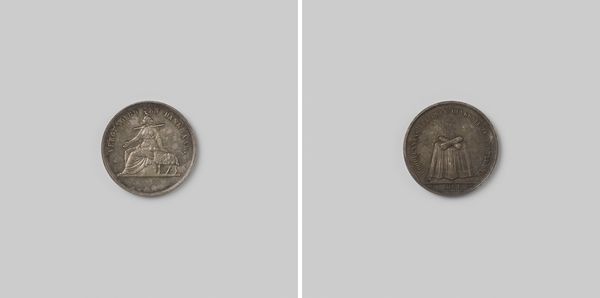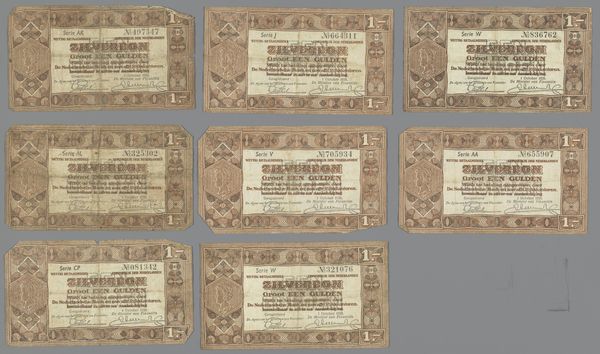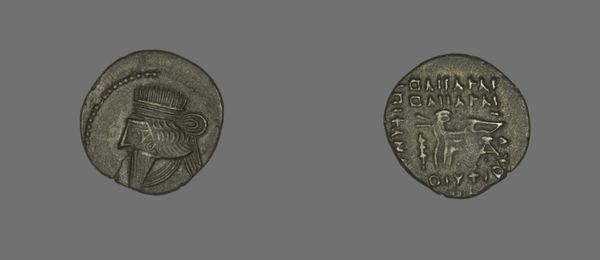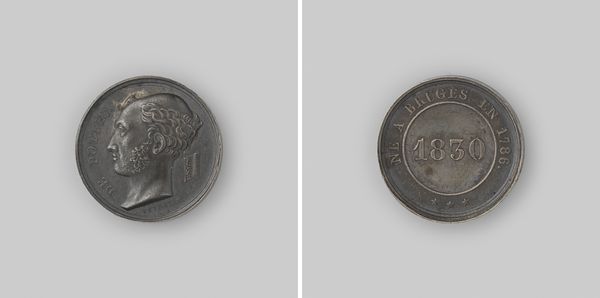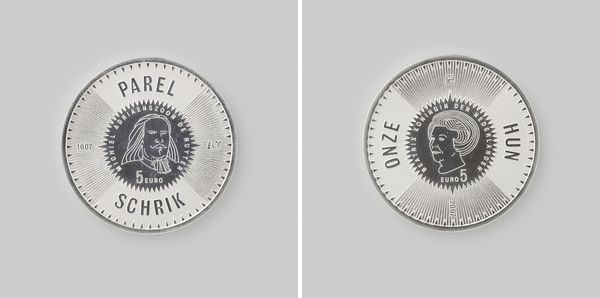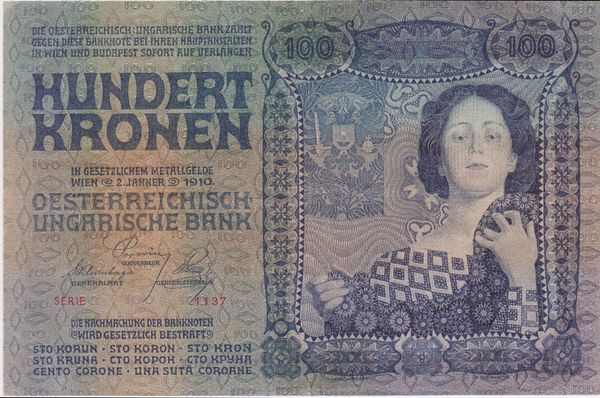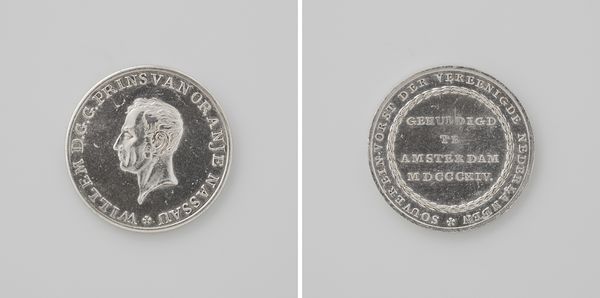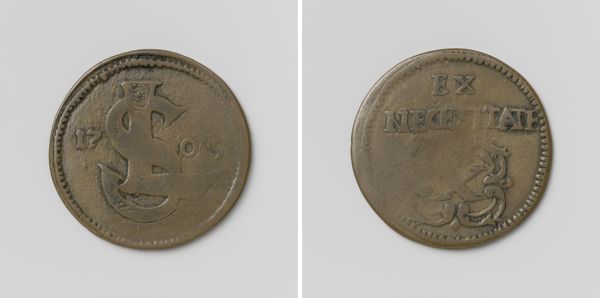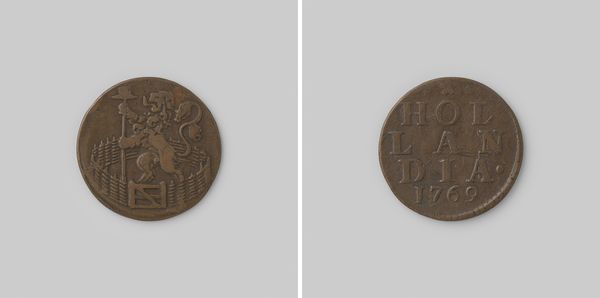
graphic-art, print
#
portrait
#
graphic-art
# print
Dimensions: length 15.5 cm, width 8.7 cm
Copyright: Rijks Museum: Open Domain
These four examples of a ten gulden banknote were designed by Johan Enschedé & Zn. Money is never a neutral object; it is always a symbolic representation of a nation’s values and priorities. In this case, the Dutch chose to put the face of Rembrandt van Rijn, the famous 17th-century painter on their ten gulden note. The choice of Rembrandt is significant because it reflects the Dutch Golden Age, a period of great economic prosperity and artistic innovation in the Netherlands. By featuring Rembrandt on their currency, the Dutch were associating themselves with this era of national pride and cultural achievement. Historians of political imagery can use banknotes to understand how societies construct their collective identity and promote specific values. The choice of Rembrandt reflects the values that the Dutch wanted to associate with their nation.
Comments
No comments
Be the first to comment and join the conversation on the ultimate creative platform.
